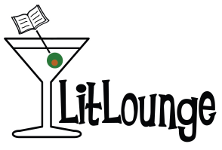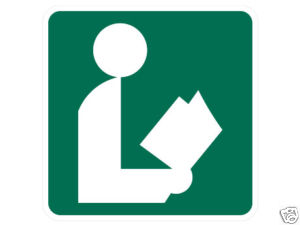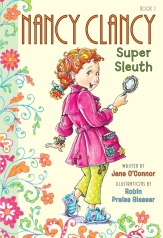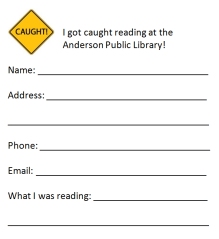
Photo from the Skokie Public Library, http://bit.ly/1aLKPwG
One of the sessions I attended at the Indiana Library Federation Conference last week was a presentation on “the modern book discussion,” in which the speaker discussed her implementation of two successful book clubs that meet in bars at two different Illinois libraries. I LOVED this presentation; Leah White is incredibly passionate about her work, and provided a detailed plan of attack for implementing a similar program at your own library. (You can view her slides from the presentation here.)
These book clubs are not your grandmother’s book club, but that’s the whole point of their existence. They target adults in their twenties and thirties, a population that is frequently under-served in public library programs. As the main coordinator of adult programs at my library, where even events that I think will draw this audience see only older patrons, I’m especially interested in ways to attract what Leah refers to as “the 15%” of adults who don’t go to the library.
Let me be clear: these programs are not about getting drunk on library time. They are about meeting a portion of the community that is interested in topics related to the library’s mission (literacy, community engagement, open discussions) but is not interested in going to the physical library. Librarians do outreach at all sorts of venues, from schools to senior centers to prisons. So why not add local restaurants to the agenda?
Why these programs are good for the library:
- They bring the library to an under-served population. If that’s not convincing enough, this demographic is pretty active at the polls. Someone who remembers discussing David Mitchell’s Cloud Atlas over a cocktail with his local librarian is more likely to approve additional funding for the library. (Also, notice that I said “his”? These nontraditional book clubs tend to attract slightly more males than females — the opposite of most library book clubs.)
- They partner with a local business. The nature of the partnership will vary from place to place, but ideally you’ll bring in more customers on their slow night, and they’ll provide another place to advertise your program. What better way to reach someone who would hang out at a bar than at the bar itself?
- The coolness factor. So many people, particularly Millennials, see libraries as repositories for books, places for storytimes, and/or senior hangouts. Nontraditional book clubs can help re-brand the library as an organization that offers something for everyone in their community.
What do you think of book clubs in bars? Have you tried any other programs that had high Millennial attendance? If so, please share in the comments!


